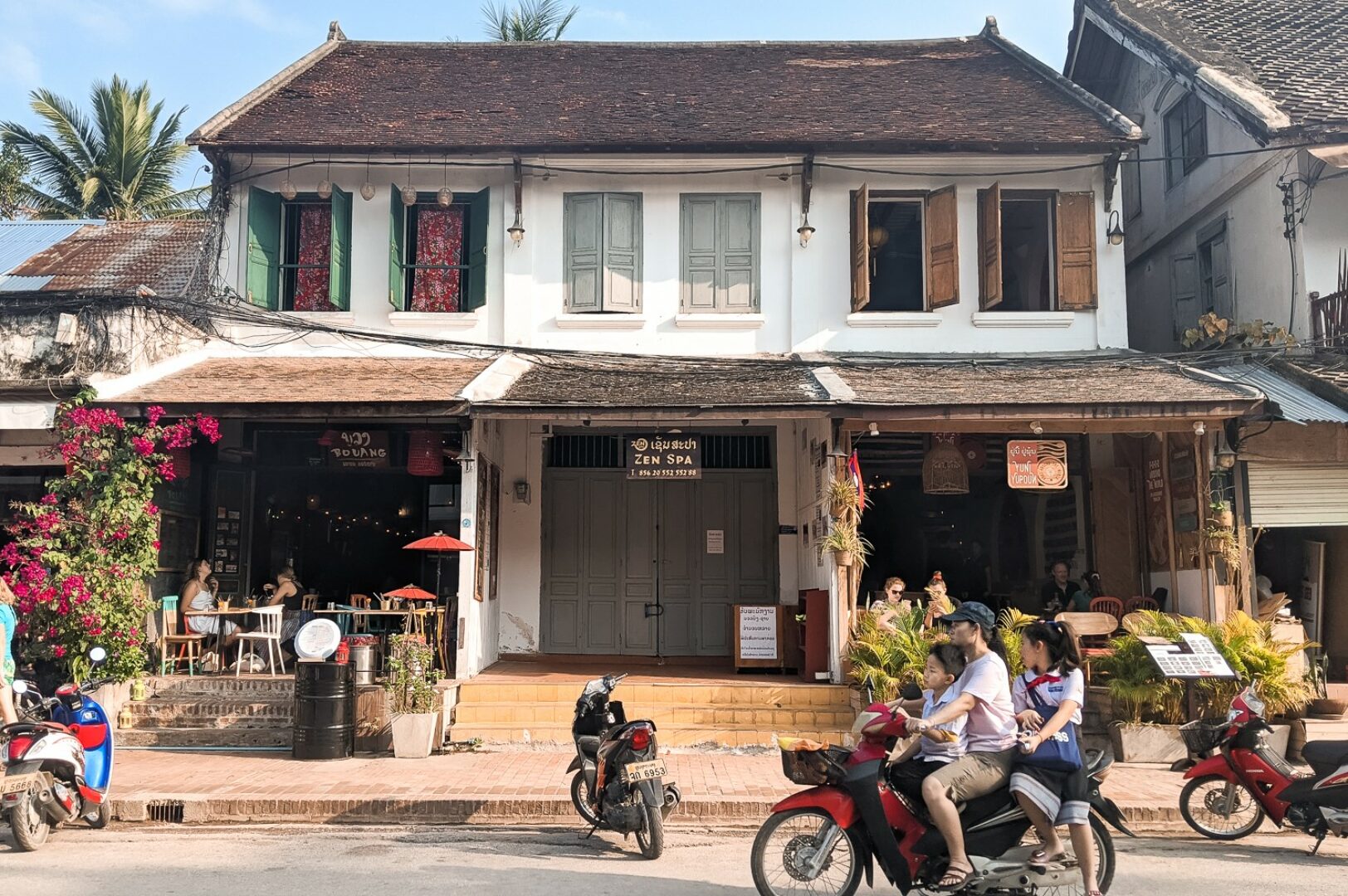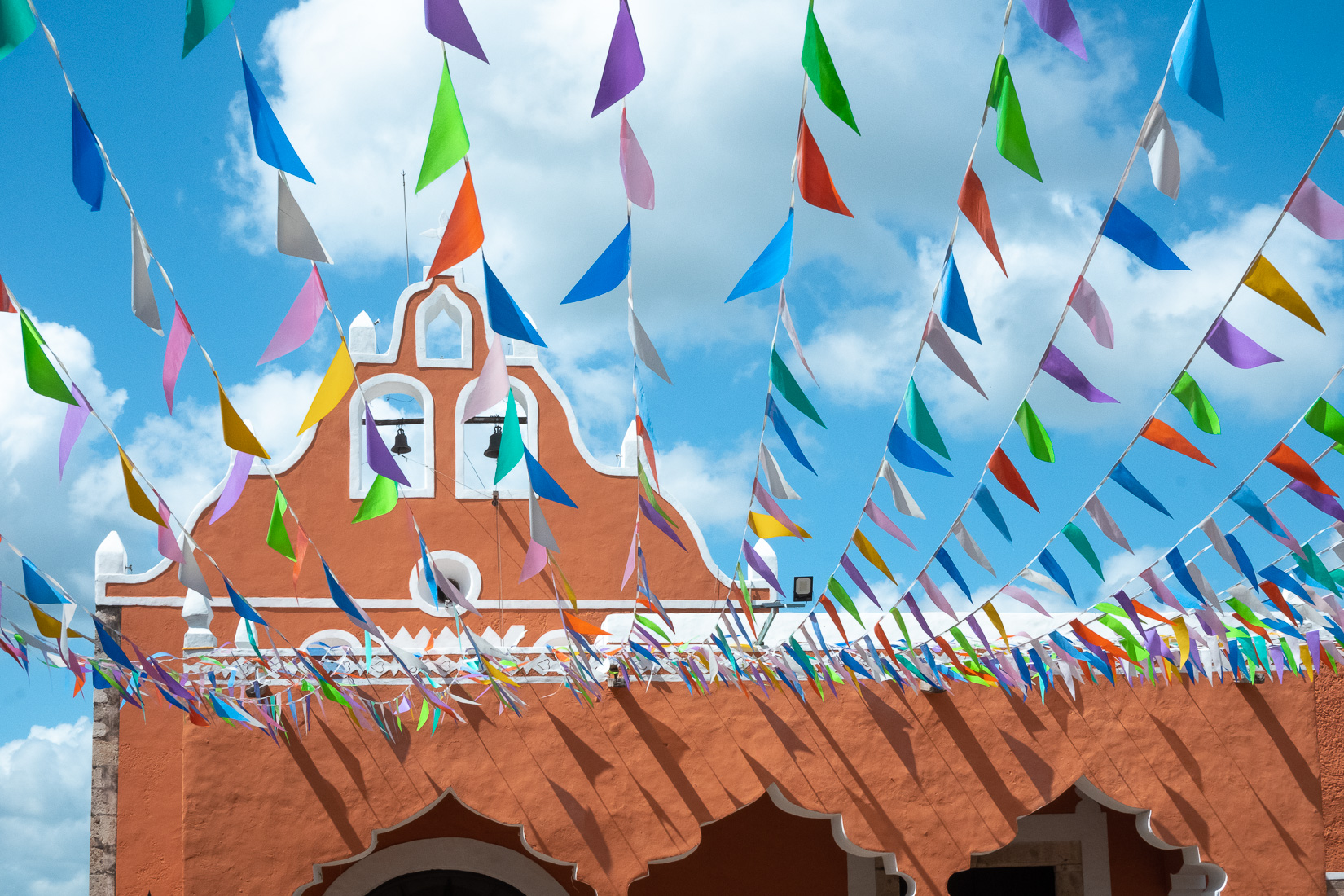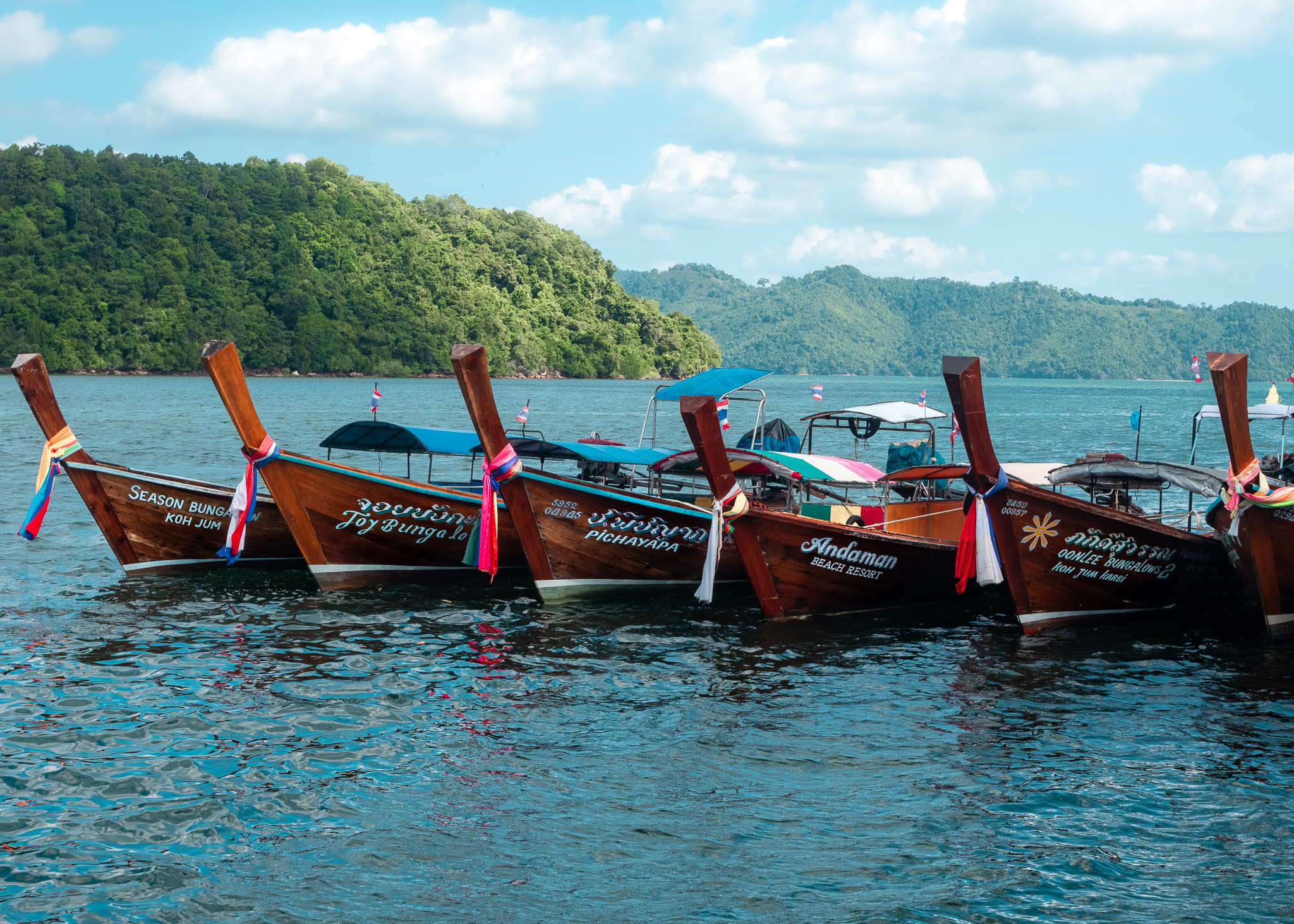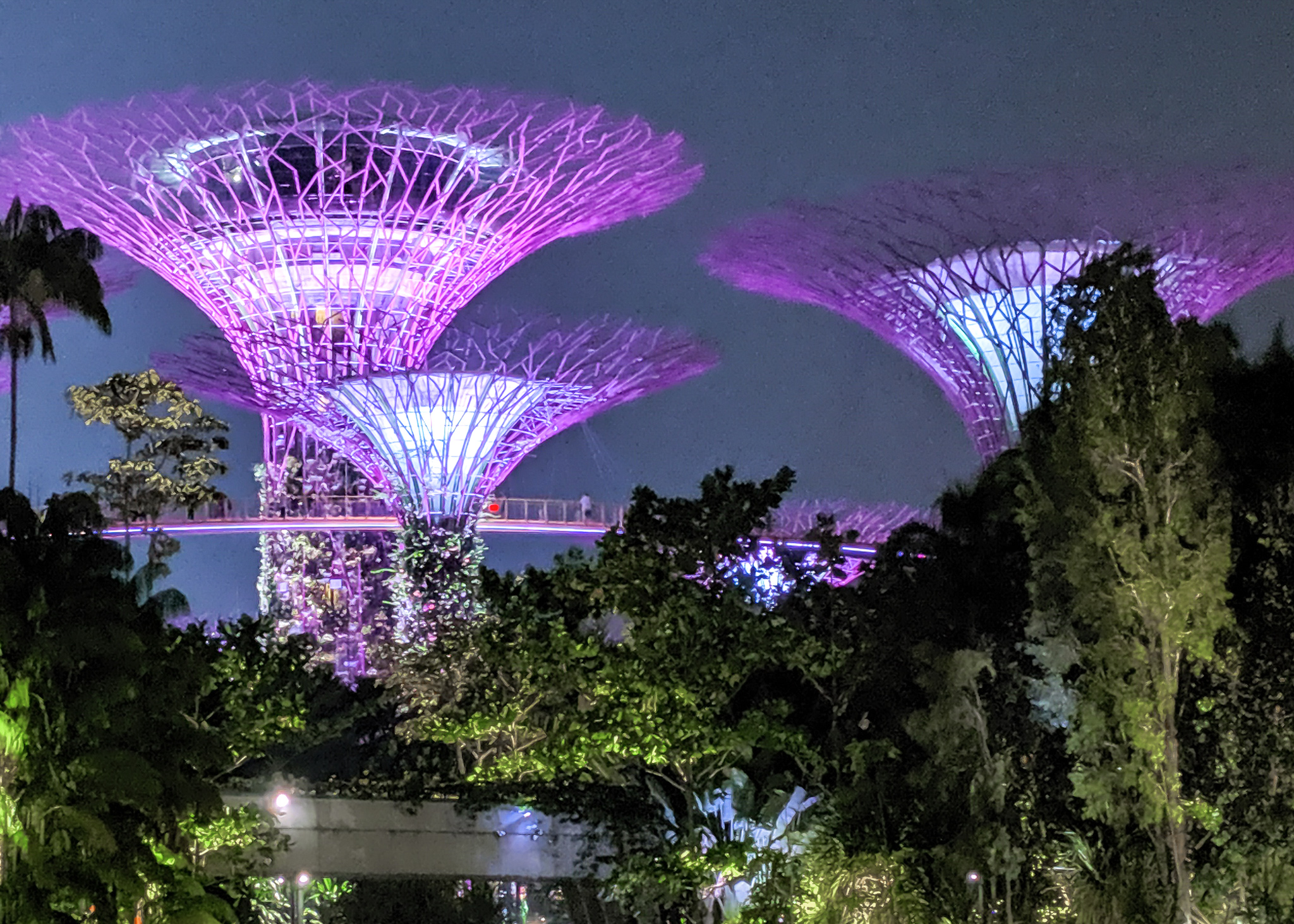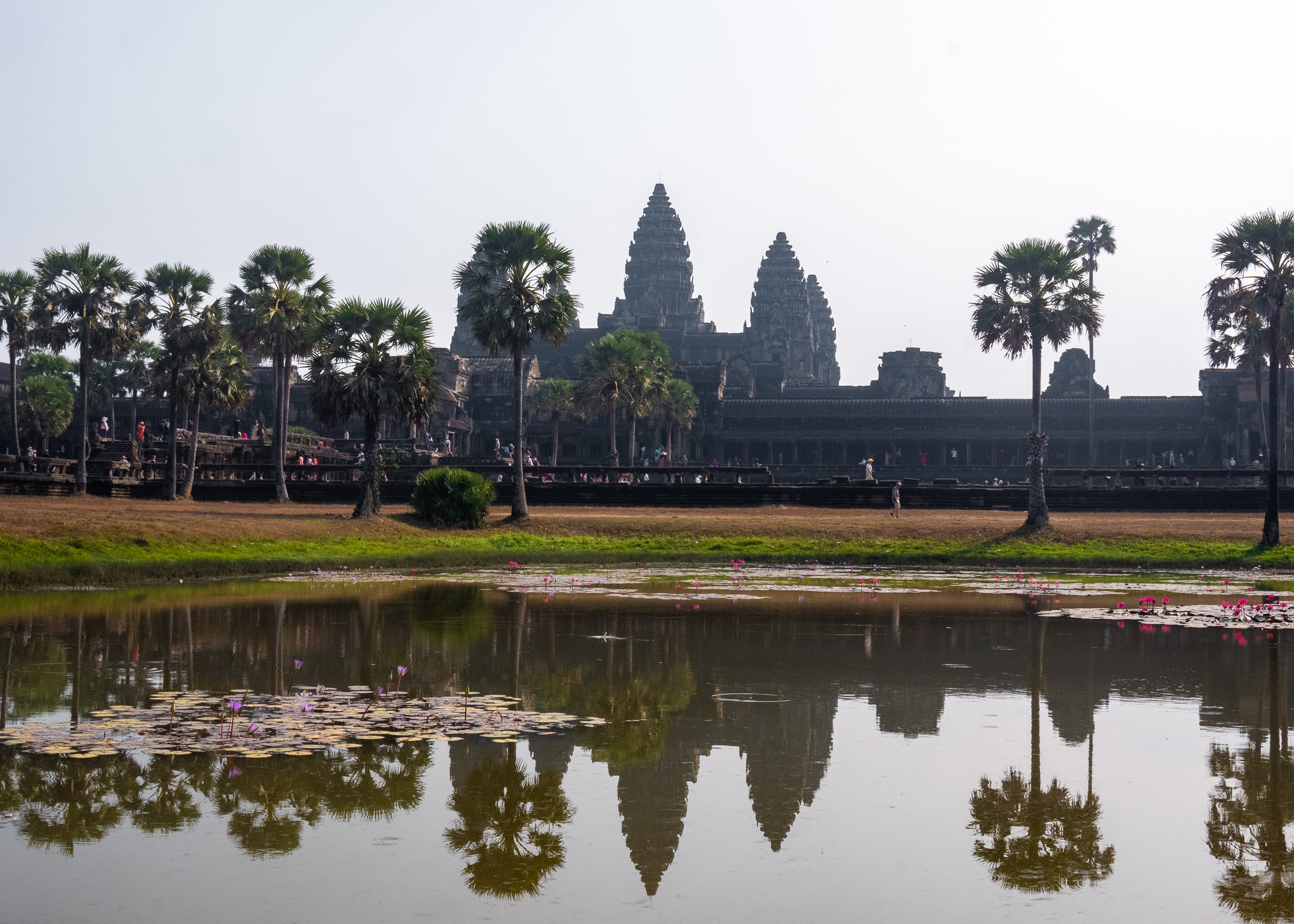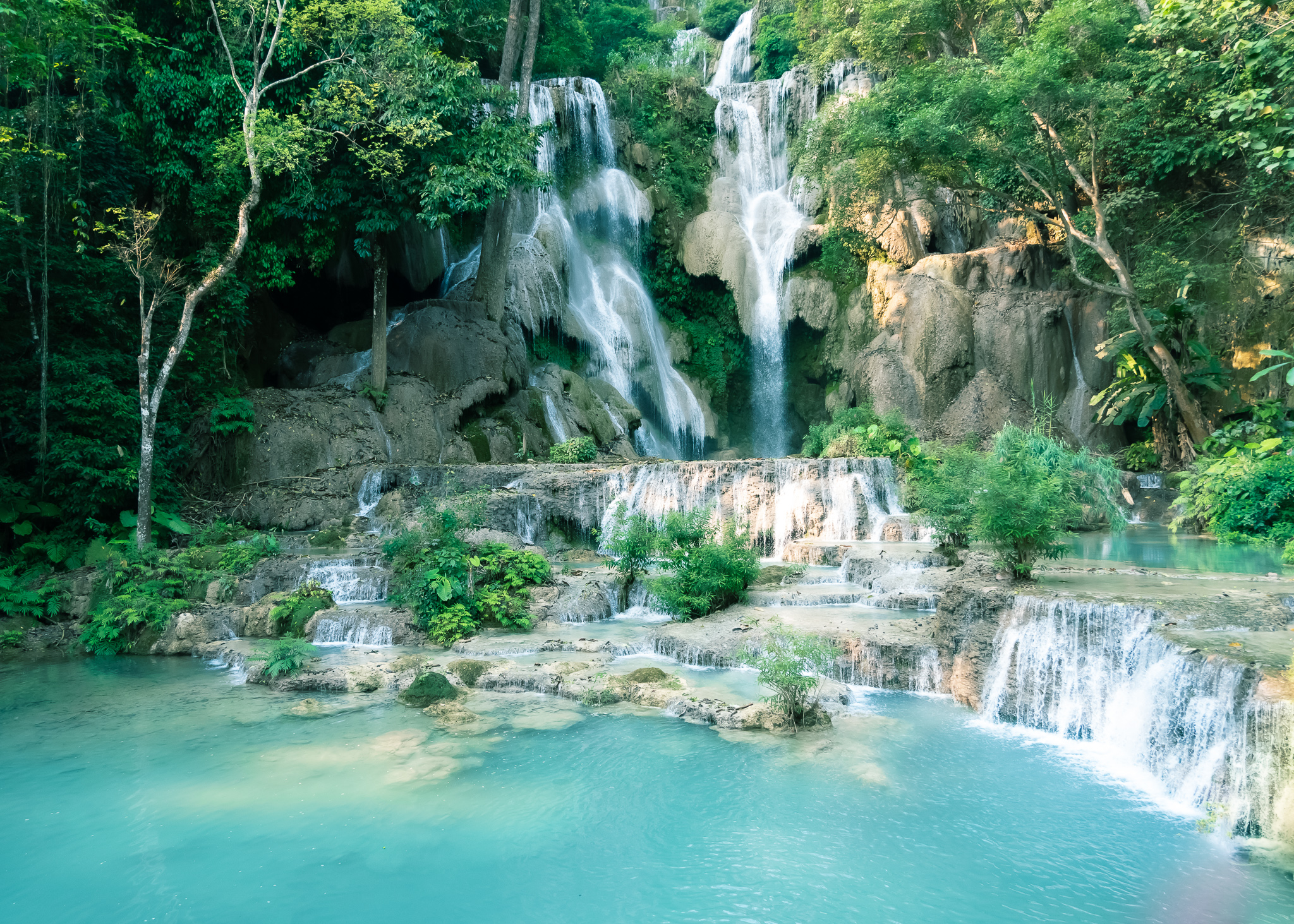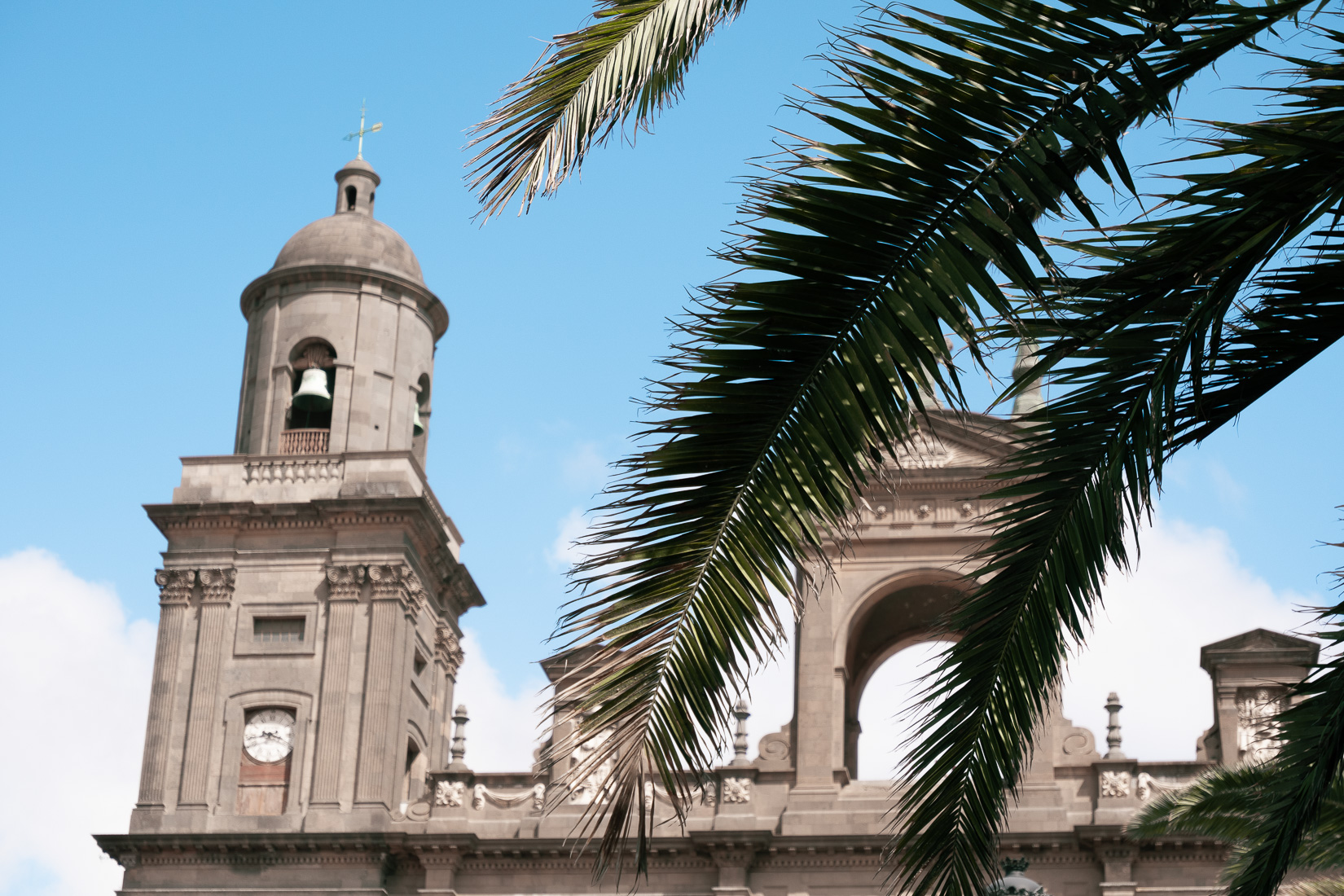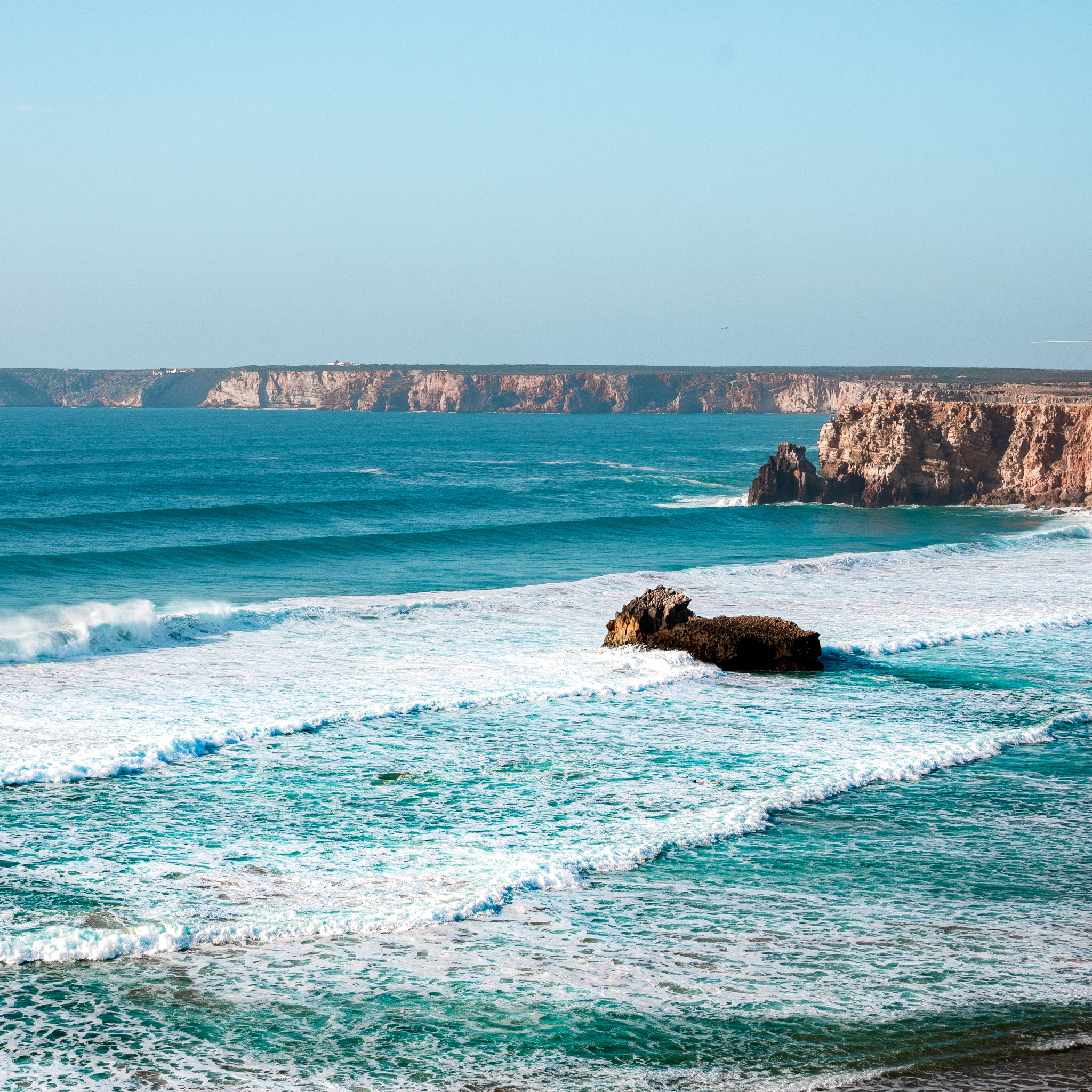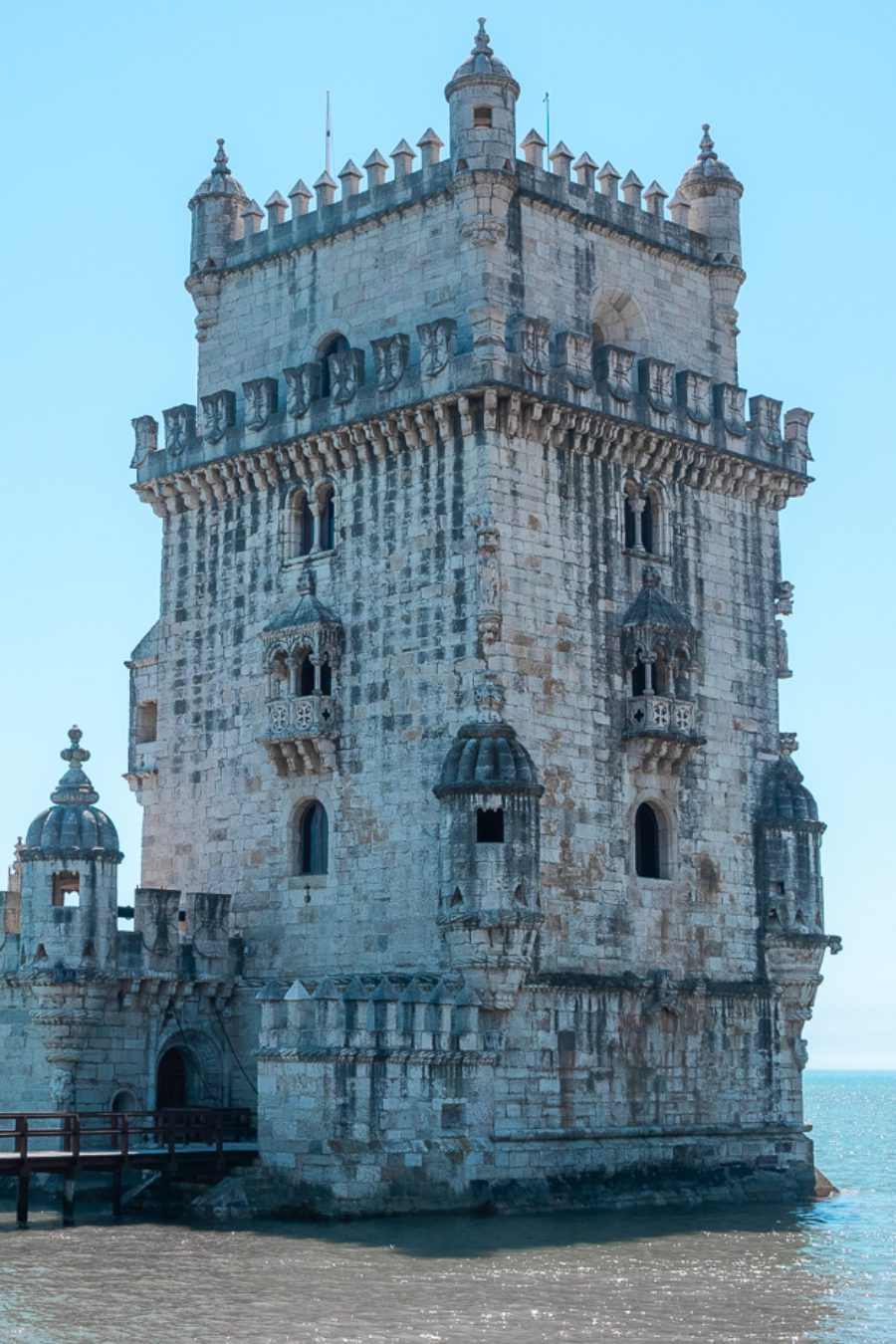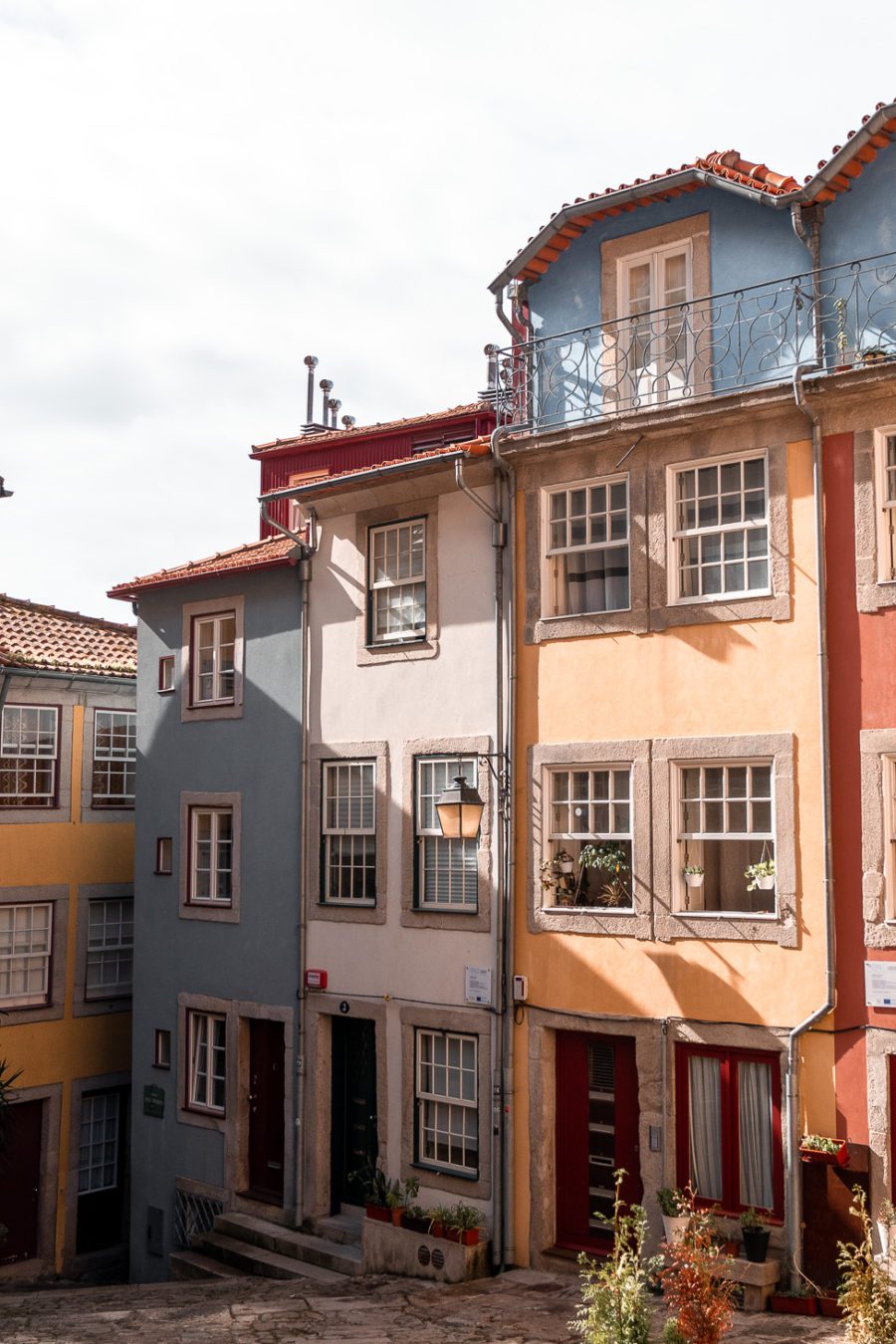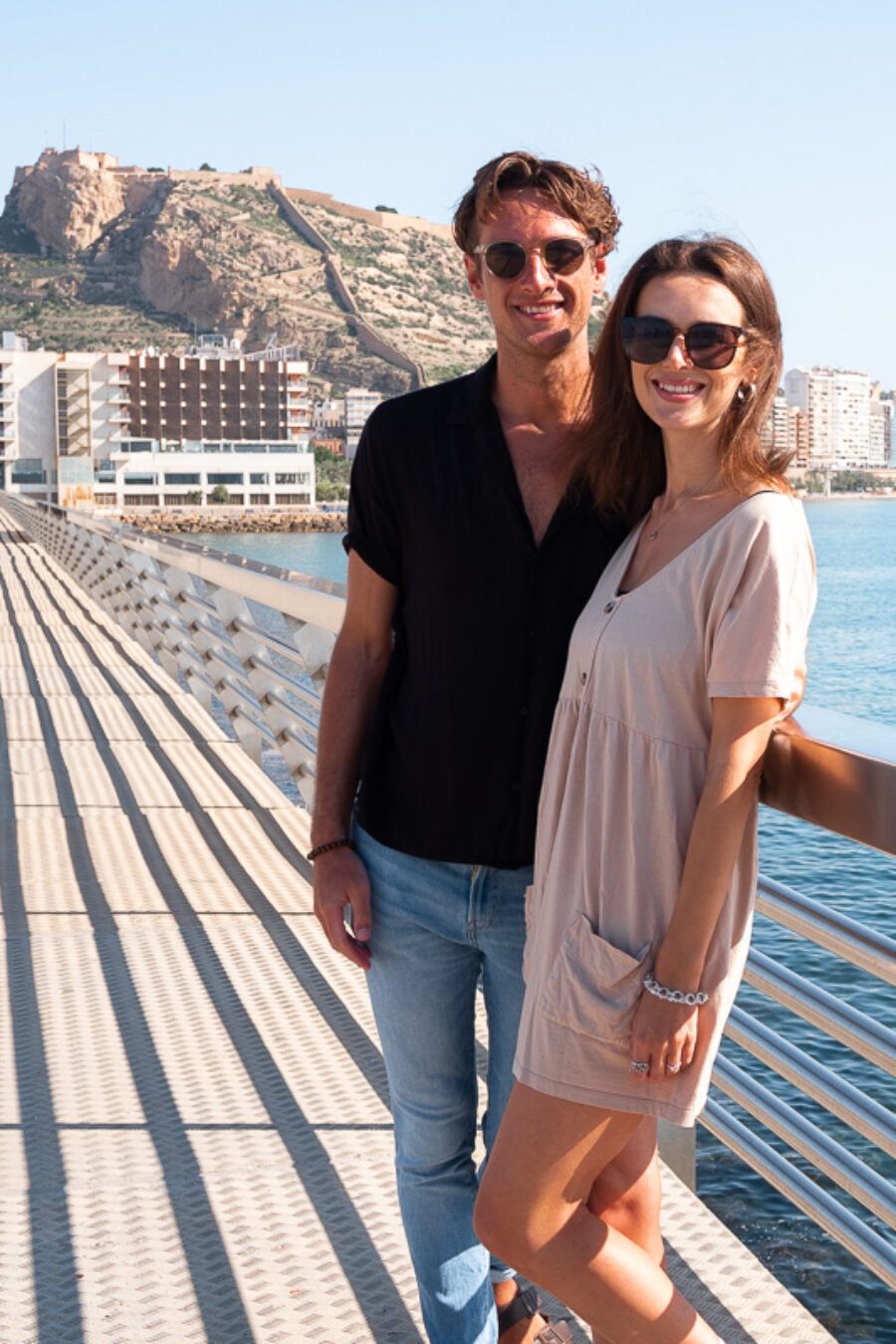Discover the best of Laos, the stunningly serene Lao People’s Democratic Republic (LPDR) nestled in the middle of Thailand, Myanmar, Cambodia and Vietnam.
Travelling through Laos is a largely tranquil affair, although it certainly does offer plenty of opportunity to let loose and embrace your inner adventurer. The people are laid back and friendly, and the pace of life is delightfully slow – so slow that people often joke that LPDR stands for ‘Laos Please Don’t Rush’!
We believe the best of Laos is really about slowing down and taking a moment to appreciate the beauty of the world you see around you; the kindness of people and the spectacular natural resources that we are so privileged to enjoy.
Lest we get too philosophical as we are prone to doing, let us assure you that this best of Laos travel guide is designed to be highly practical.
You should know that Laos is a sprawling country, and despite the mighty Mekong river that drifts through its heart, the southern part of Laos – where you’ll find the delights of the 4000 Islands region and the waterfalls of Pakse – is somewhat cut off from the north. As a traveller, particularly one with limited time, it can be tricky to come up with the best itinerary. But that’s why we’re here to help.
So how many days do you need in Laos? Well, you’ll probably be able to get a 30-day visa, so if you can spend 30 days here, do it! Either way, if you spend a whole month here or just a few weeks, we’ve got you covered. We’ll give you a brief intro to the best places to visit in Laos, how to get there from various locations, where to stay and what to do.
So if you’re wondering where to go in Laos and how to get the most out of your trip, look no further than this carefully curated WMJG travel guide.
For a country overview of Laos, click here!
Luang Prabang
What is Laos best known for? It has to be the idyllic and peaceful northern city of Luang Prabang, which overlooks the confluence of the mighty Mekong and Nam Khan rivers.
This historic city is up there with the best of Laos. 33 of its 58 villages are part of a designated World Heritage site, celebrated for the preservation of its unique cultural heritage. With its quaint architecture, riverside walkways and numerous glittering temples, Luang Prabang is an earthy and spiritual place. There’s plenty to do and see, but it’s generally just a lovely place to be.
How to Get to Luang Prabang
By air
Luang Prabang has a small airport just outside of the city centre. You can easily hop on a tuktuk to get to and from, and this only costs around 50,000 LAK (£4/€4.40/$5).
Besides Lao Airlines, several carriers fly to Luang Prabang, including Bangkok Airways, Scoot, China Eastern, Thai AirAsia, Thai Smile and Vietnam Airlines from various short-haul destinations. You can also catch an internal flight up from Vientiane or Pakse.
Book your flights to Luang Prabang on Skyscanner.
By bus
Most travellers hop in a minivan to make the winding, six-hour journey to Luang Prabang from Vang Vieng, or the 10+ hour journey from Vientiane. It generally doesn’t cost more than 40,000 LAK (£3.20/€3.50/$4) for the minivan from Vang Vieng, and 200,000 LAK (£16/€17.50/$20) from Vientiane.
Night buses are available and a tad more expensive, but they’re generally worthwhile for the extra legroom.
Luang Prabang Highlights
- Admire Kuang Si waterfall. What is Laos best known for? Among travellers, it’s possibly Kuang Si, Laos’ most famous natural attraction. The thundering waterfall is set amongst acres of dense jungle and rises 50 metres, flowing down into stunning turquoise lagoons. You can climb up to the top and admire the beautiful views or relax in the layered pools. The water is cool and refreshing, so be sure to bring some swimming gear. A round trip on a tuktuk costs around 200,000 LAK (£16/€17.50/$20) and the journey takes under an hour. The entrance fee is 20,000 LAK (£1.60/€1.80/$2).
- Climb Mount Phousi. Rather peculiarly, there is a 100 meter-tall hill right in the middle of Luang Prabang that’s crowned by a small stupa called That Chomsi. There are multiple entrances, and you will need to pay a rather unofficial looking guard a small fee of 20,000 LAK (£1.60/€1.80/$2.20) to ascend. Climb to the summit to experience a stunning sunset, or visit in the morning to witness the spectacular views when nobody else is around.
- Visit Wat Xiengthong. A colourful 16th-century wat with beautiful structures gilded in shimmering tiles and mosaic artwork. The wat has important links to Lao royalty, and is widely thought to be one of the most important Buddhist temples in Laos.
- Witness the alms giving ceremony. We saw the alms-giving procession (where monks walk through the streets and accept small offerings from devotees) all through Buddhist Asia, however, Luang Prabang’s calm, meditative atmosphere makes it even more serene. If you decide to witness the procession, do so from a respectful distance. Remain quiet and avoid taking photos.
- Wander through Luang Prabang’s lively night market. Again, there may be night markets all over southeast Asia, but the market you’ll find in Luang Prabang is super. We particularly liked it because most of the items on sale were hand-made, sustainable and completely unique.
Where to Stay in Luang Prabang
Luang Prabang is very walkable and there are cheap tuktuks everywhere – there’s no need to worry about where you stay location-wise.
You’re spoilt for choice when it comes to hotels and hostels, and there are some amazing boutique-style options available. We stayed in a decent guest house called Xayana Home, which was clean, simple and perfect for backpackers. For just under 200,000 LAK (£16/€17.50/$20) per night, it was a good choice.
How Long to Stay in Luang Prabang
So how many days do you need in Luang Prabang? Well how long do you have? No, seriously – we could have stayed in Luang Prabang forever! But if you’re on a strict timetable, make sure to stay in Luang Prabang for at least two nights. You’ll want to dedicate half a day to Kuang Si and give yourself enough time to explore the rest of the town.
Luang Prabang Travel Tips
- If you want to relax and chill out with a nice drink by the river, there are a ton of lovely waterside bars and restaurants. Utopia is well known amongst travellers, and we’d recommend it as a comfy spot to while away a few hours with a tasty cocktail in hand.
- Don’t miss out on the night market buffet, where you can enjoy an array of barbequed foods for ridiculously cheap prices. The atmosphere is brilliant, and veggies can eat to their heart’s content seeing how there’s a whole vegetarian section. Head there early though, as the food is past its best later in the evening.
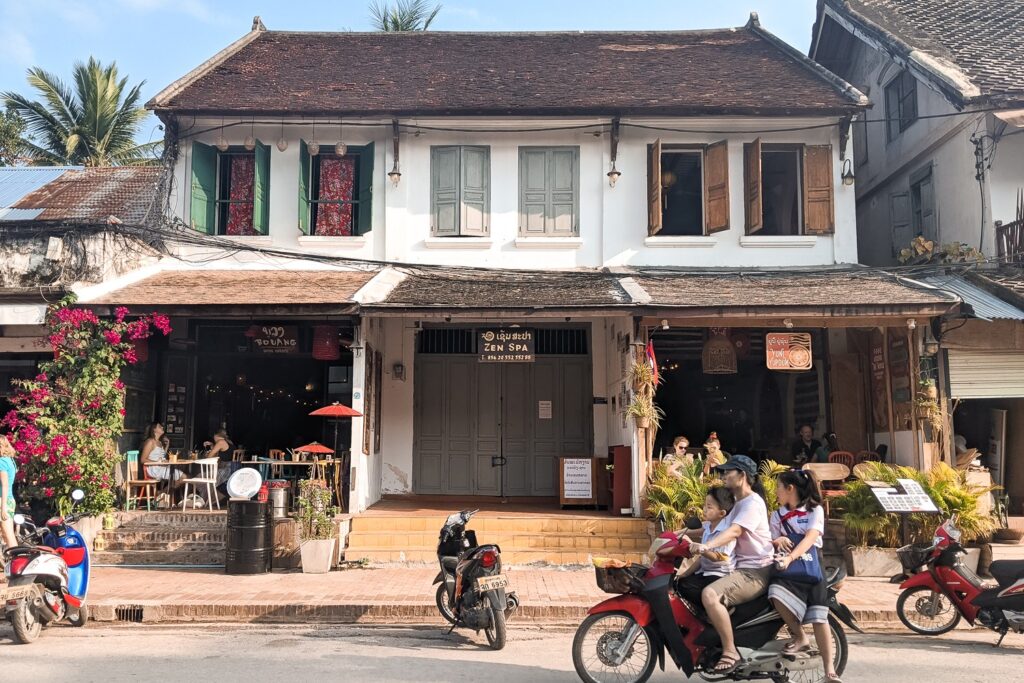

Vang Vieng
Vang Vieng is perhaps the most infamous spot in the whole of Laos due to its reputation as something of a party capital for fun-loving and fearless travellers. That all changed some years ago when the Lao government shut down Vang Vieng’s rave bars and clamped down on drug use, and nowadays, this small town is actually rather quiet, picturesque and peaceful!
Vang Vieng is surrounded by stunning countryside; rice paddies, magnificent limestone mountains and turquoise lagoons. The landscape is truly stunning and simply yearns to be explored.
The best of Laos is different for different people. If you’re an adventure seeker, Vang Vieng is definitely one of the best places to visit in Laos as there are so many exciting activities to try. Climbing, hiking, tubing, swimming in lagoons, kayaking, zip-lining, buggy tours… you name it, Vang Vieng has it. So pack some sports gear and some sturdy trainers, because you’re in for the time of your life!
How to Get to Vang Vieng
By bus
Vang Vieng is easily accessible by bus. Whether you’re coming from Vientiane or Luang Prabang, you will easily be able to find transport options. Book through your accommodation or find cheap tickets through 12Go Asia.
Vang Vieng Highlights
- Go tubing along the river. Okay, so tubing certainly isn’t for everyone (more on that below), but if you’re a bit of a party animal, or you just fancy letting your hair down for an afternoon, you’ll probably have a whale of a time. Head to the office in the centre of town to rent a tube. From here, you’ll be whisked away and dropped at the riverside. Hop in your tube and float away, but be prepared to be dragged out of the river at all the bars you pass to get your drink on and play crazy drinking games. Tube rental costs 60,000 LAK (£4.80/€5.30/$6), with a 66,000 LAK (£5.30/€5.80/$6.60) deposit for lost tubes or late returns (after 6pm). Dry bags are a must when tubing.
- Climb the mountain(s). You’ve probably seen one of Vang Vieng’s incredible mountains, Nam Xay, plastered all over Instagram with its iconic motorbike perched on top. The other, Pha Ngern, is less known, but it’s still absolutely stunning. As you traverse up the mountain, you have a choice of two viewpoints. We only managed the first one, and the second seems impossibly high! Be warned: Laos is not known for its rigorous health and safety protocols, so make sure you are feeling fit and sober and wear an appropriate pair of trainers!
- Experience Vang Vieng’s wild surroundings. Kayaking and rock climbing are nearly as popular as tubing these days, with plenty of companies offering organised trips to the wilds outside of town. The stunning countryside and sheer limestone cliffs are an adrenaline junkie’s dream and something we wish we’d made time to do during our time here.
- Take a dip in the blue lagoons. Cool off from the heat and wash yesterday’s hangover away with a trip to one of the gorgeous blue lagoons. There are three to choose from, imaginatively named Blue Lagoon 1, 2 and 3 (with no.3 being a new man-made pool rather than natural). These serene pools can offer respite from the party, or who knows, the party may have come to the lagoon! Try and get there early to beat the crowds.
Is tubing in Vang Vieng as crazy as they say?
Travellers of old would ask ‘have you really done Vang Vieng if you haven’t been tubing?’ and it’s a fair point – although please don’t feel pressured if the whole party vibe really isn’t your thing, as there’s so much other quieter and just as fun stuff to do in Vang Vieng.
While the more toxic elements of Vang Vieng’s party scene have been scaled back in recent years, tubing is still part of what makes Vang Vieng so popular amongst backpackers. But we noticed how, aside from the raucous bars dotted along the riverside, tubing has become a somewhat serene experience. Bobbing along merrily in a tube, in the company of all your new friends, is actually quite pleasant!
Try to be as safe as possible and don’t go absolutely crazy with the dodgy vodka and Beerlao – but be warned, you will be expected to join in with the crazy drinking games, and if you’re not willing to let your hair down, you won’t have a good experience.
Where to Stay in Vang Vieng
If you’re looking for somewhere that’s quiet, elegant and away from the crazy party scene, then we can’t recommend Sansan Resort high enough. It’s a real budget gem on the outskirts of town with huge, comfortable rooms and lovely grounds with a big swimming pool. The price included a delicious breakfast which we enjoyed out on the terrace overlooking the rice paddies. You can find rooms below 260,000 LAK (£20/€23/$28) per night.
If you’d rather stay closer to the party, then there are plenty of options to choose from at incredibly low prices. We stayed at a couple of basic hostels, Vang Vieng Inn Guesthouse and Vang Vieng Freedom Hostel (both spectacularly naff) before we moved to Sansan for a bit of R&R.
How Long to Stay in Vang Vieng
This really depends on what you want to get up to… and how quickly you recover from hangovers. If you plan to partake in the party scene, then be sure to give yourself enough recovery time to allow you to explore everything else Vang Vieng has to offer. There’s more than enough to keep you occupied for at least a week, but if you’re pushed for time, we’d recommend spending at least two or three nights in this crazy little town.
Vang Vieng Travel Tips
Don’t be put off by Vang Vieng’s wild reputation. Although tubing and partying is a key reason many backpackers choose to visit, Vang Vieng has so much more to offer. It has been calmed down significantly in recent years and you can easily avoid the rowdy crowds and loud bars these days.
The food scene in Vang Vieng is far from fantastic. The bars offer a spread that’s average to say the least. The Walking Street has some cheap options for authentic street food, but it pales in comparison to the markets you’ll find elsewhere, like in Luang Prabang or Northern Thailand. If you want a good dinner at a reasonable price, we found two great options: Happy Mango, a delicious Thai restaurant with an extensive menu; and Il Tavolo, an Italian pizza place that will satisfy your Western food fix.

Vientiane
Laos’ capital city since 1573, Vientiane, is everything you wouldn’t expect from a southeast Asian capital.
This unassuming city features low-rise buildings; clean, wide and leafy streets; and a sleepy, peaceful atmosphere. It sort of reminded us a little of Myanmar’s northern city, Mandalay. You’ll probably find yourself wondering, like we did, where on earth all the inhabitants are!
While there are a few great things to do in Vientiane, our advice is to embrace the city as a place to relax – especially if you’ve been travelling for a while. There are lovely cafes and restaurants here, plus, the accommodation options are generally superb.
We spent longer than average in Vientiane, mainly because our uber-cheap hotel was actually super fancy, with the comfiest bed known to man/woman. Plus, we were absolutely cream crackered after our night bus from Pakse. So all we can say is, don’t go into Vientiane expecting a high-tempo Asian capital; kick back and relax, and you’ll have a lovely time.
How to Get to Vientiane
By air
Wattay International Airport is Laos’ main airport, 3km outside of the city centre, so you’ll easily be able to book flights from elsewhere in Laos, like Pakse or Luang Prabang, or further afield, like Chiang Mai in Thailand or Hanoi in Vietnam.
Book your flights to Vientiane on Skyscanner.
By bus
We caught a sleeper/night bus from Pakse in the south of Laos to Vientiane. It was probably the strangest night bus we have ever experienced. Forget reclining seats; think narrow, horizontal bays where you’re expected to get very close and friendly. Bear this in mind if you’re travelling solo.
We paid 170,000 LAK each (£13.50/€15/$17) through our hotel for the 9+ hour journey, but you can probably find cheaper tickets elsewhere. You’ll probably be collected in a minivan from wherever you bought the ticket and ferried to the larger bus terminal, so leave plenty of time.
If you’re travelling from Vang Vieng, you’ll have no choice but to travel by bus. We had a comfortable journey on a large bus at a cost of 95,000 LAK each (£7.50/€8.50/$10.50).
From Luang Prabang, you can either book a daytime bus or a sleeper bus. Avoid travelling this 9-10 hour journey by minivan during the day – it’s just too long and uncomfortable. We’d recommend choosing the sleeper bus which will cost upwards of 200,000 LAK (£16/€17.50/$22).
Vientiane Highlights
- Explore the Xieng Khuan Buddha Park. This place defies belief really. The park, built by priest-shamen Luang Pu in 1958, is home to hundreds of ornate statues. You’ll see Buddha, animals, religious characters and even demons ingeniously cast in concrete. The park is 25km away from the city centre, so you’ll want to hire a tuktuk driver for the round trip or hop on the public bus, number 14, which leaves regularly from Talat Sao bus station. Entrance costs 15,000 LAK (£1.20/€1.30/$1.60).
- Marvel at Pha That Luang. This is Laos’ most important monument, and is a symbol of the Lao identity. Standing at 44 metres tall, the magnificent golden stupa is believed to house a Buddha relic. You’ll find Pha That Luang 4km outside of the city, so you’ll need to hire one of Vientiane’s colourful tuktuks to get there. We paid 120,000 LAK (£9.60/€10.50/$12) for a round trip to Pha That Luang, and we stopped off at the Patuxai monument on the way back. Entrance to the temple costs 10,000 LAK (£0.80/€0.90/$1) per person.
- Look at the Patuxai victory monument. This rugged-looking structure will remind you of an extremely famous monument in Paris. Patuxai has a rather funny story: it was built in 1969 with American funds bestowed on Laos for the sole purpose of building an airport… It seems the authorities preferred the idea of building a patriotic monument instead!
- Visit the COPE Visitor Centre. COPE stands for the Cooperative Orthotic and Prosthetic Enterprise, and it’s a vital stop in Vientiane if you want to learn more about Laos’ Secret War, which saw a heavy bombing campaign (as many as two million tons of explosives) perpetrated by the US army. Over the years, unexploded bombs have caused innocents numerous injuries and the COPE organisation helps to rehabilitate victims.
Where to Stay in Vientiane
There are countless fantastic accommodation options to choose from in Vientiane, for luxury travellers and budget backpackers alike. Have a hunt through Booking.com or Agoda and take your pick. We can thoroughly recommend One Vientiane Hotel, a comfortable and welcoming hotel that looks more high-end than mid-range. We only paid £20 (€22/$25) per night, which was an absolute steal.
How Long to Stay in Vientiane
Many travellers only spend a night in Vientiane and treat it as a halfway point between the south and north. But the likelihood is, if you’re coming from Pakse, you’ll be exhausted after an arduous night bus, and if you’re coming from the north, you’ll be exhausted after Vang Vieng. For that reason, we recommend booking a two-night stay in Vientiane.
Vientiane Travel Tips
- When night falls in Vientiane, head down to the riverside and stroll through the night market. It’s usually packed with people and lots of interesting items for sale. You’ll also be able to grab a cheap bite to eat at one of the stalls lining the road.
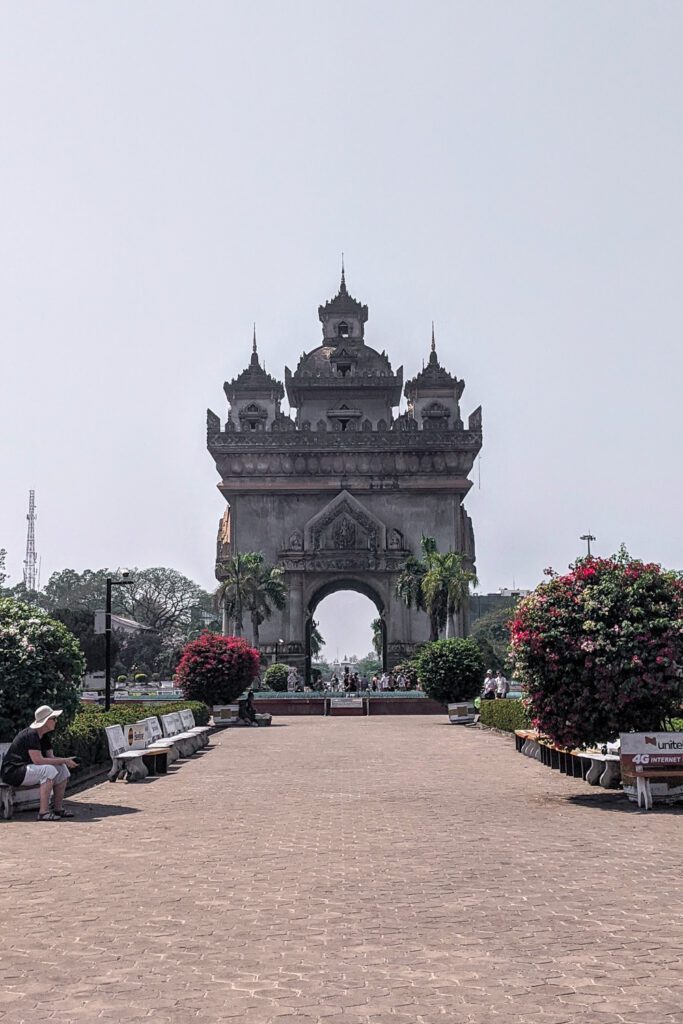
Pakse
The gateway to southern Laos, Pakse, is a quiet town that serves as a jumping-off point for travellers heading north to Vientiane, south to the 4000 Islands region or down into Cambodia.
Those who do decide to explore Pakse rather than move on hastily will find themselves spending more time out of the town than in it. While there isn’t a ton of stuff to do in Pakse itself, the real highlights can be found in the stunning surrounding area; the Bolaven Plateau is where you’ll encounter breathtaking views and stunning waterfalls. Rent a bike (more on that later) or hire a tuktuk to make the most of this beautiful region.
Although Pakse is Laos’ second largest city, it felt at times like we were the only ones there. Take a moment to pause and appreciate the slow Lao lifestyle, which is really obvious in a sweet little town like Pakse.
How to Get to Pakse
By air
Flights to Pakse International Airport, operated mainly by Lao Airlines, are available from destinations like Thailand (Bangkok), Cambodia (Siem Reap), Vietnam (Ho Chi Minh City) and within Laos itself (Vientiane, Luang Prabang).
If you’re in Thailand and hoping to reach southern Laos, another option is to fly into Ubon Ratchathani airport in Thailand and hop across the border from there. From Ubon Ratchathani, head to the Laos-Thailand border crossing at Chong Mek. There are regular daily flights from Bangkok to Ubon Ratchathani, as well as occasional flights from Phuket and Chiang Mai.
Book your flights to Pakse on Skyscanner.
By bus
Pakse is easily accessible by bus, and while there are two ‘local’ bus stations serving traffic from the north and south respectively, these busses are on the cheap and cheerful side of things; they’re very slow and don’t have aircon.
For that reason, we’d recommend avoiding the hassle and going for a VIP bus. As we mentioned in the section about Vientiane, our north-bound night bus was somewhat on the strange side, so be warned that VIP is not always as glamorous as it sounds!
Pakse can be reached by bus from a number of backpacker hotspots across Southeast Asia, such as Bangkok or Siem Reap, so wherever you are, it’s probably worth checking on a ticket booking site like 12GOAsia.
If you’re coming from the north of Laos, you can find sleeper busses from Vientiane which will cost around 170,000 LAK per ticket (£13.50/€15/$17) depending on who you buy from.
If you find yourself in the 4000 Islands (which you might do if you journey across the Laos-Cambodia border), from Don Det/Don Khone you can buy an all-in-one boat/bus ticket that will take you across to Nakasong on the mainland and onwards to Pakse. The journey takes around 3-4 hours and tickets cost around 60,000 LAK (£4.80/€5.30/$6).
Pakse Highlights
- Bike the Bolaven Plateau. Pakse serves as the ideal base from which to explore the beautiful Bolaven Plateau. The region is best explored by bike, which gives you the freedom to explore the waterfalls and coffee plantations. There are two main biking ‘loops’ – a big loop and a small loop – and these will take you through the stunning scenery for a few days and nights.
- Go chasing waterfalls. There are several breathtaking waterfalls within tuktuk distance from Pakse. It’s worth sitting down with Google Maps and seeing which ones take your fancy. We visited Tad Fane and Tad Yuang by tuktuk, including a stop off at a Bolaven coffee plantation. The tuktuk itself cost 250,000 LAK (£20/€22/$25), but don’t forget to budget for entrance fees to the waterfalls themselves (for the two of us, entrance was around 30,000 LAK (£2.40/€2.60/$3) for each waterfall) as well as a coffee at the plantation.
- Roam the temple ruins of Wat Phu. Release your inner Indiana Jones at southern Laos’ answer to Angkor Wat – Wat Phu – an ancient Hindu/Khmer temple complex about an hour’s drive south of Pakse. Although not quite as impressive as its Cambodian counterpart, it makes for a great day out. The site can be reached by tuktuk, bike or as part of a tour.
- Watch the sunset from the Golden Buddha. The golden Buddha statue sits atop the hills overlooking Pakse town. A short drive out of town will get you to the bottom of the hill where you can choose to continue your drive upwards or attempt the stairs to the summit. Watching the sun set over the Mekong River is a magical experience wherever you are, and Buddha’s hilltop perch in Pakse offers an excellent opportunity to do so.
Where to Stay in Pakse
Pakse is not a big town. The backpacker craze hasn’t quite hit it in the same way as in Luang Prabang or Vang Vieng, so there aren’t too many hostels or guesthouses available. We stayed in Chato Hostel which was fairly basic, but a perfectly acceptable place to stay and one we’re happy to recommend. A double room with a private bathroom cost us £16 (€18/$22) per night, and there are dorm rooms with shared bathrooms available too.
How Long to Stay in Pakse
You don’t need a huge amount of time to explore Pakse and get a feel for its immediate surrounding area. If you plan on doing a biking tour and staying away for a few nights, well then, that’s a different story. However, if you just want to base yourself in the town and go on a few day trips like we did, you won’t need more than two nights in Pakse. If you’re catching a night bus northwards, you could get away with one night as you’ll have a whole day to explore while waiting for your bus.
Pakse Travel Tips
- Head to the Pakse Hotel rooftop bar for excellent views over the Mekong right in the heart of the city. The bar and restaurant aren’t just for hotel guests, so feel free to head up and enjoy a sundowner or some spring rolls with the best views in the town.
Hiring a motorbike in Laos:
HOLD ONTO YOUR PASSPORT!
We found it incredibly difficult to find a bike hire company that didn’t demand that we hand over our passports. While most travellers seemed to have no issue with handing over the most valuable possession they own, let us remind you that this is an inordinately stupid move. It’s not uncommon to be asked to leave your passport when hiring a bike in Asia, but vendors usually accept a photocopy or a cash deposit.
At the end of the day, they want your passport for collateral. Yes, consider that… if anything happens to the bike, you’re utterly and completely stuck. At that point, you could be asked to pay any fee to get it back. Then consider the scams that are all too common in Asia, in particularly southern Laos, where ‘thieves’ steal the bike with the help of the spare key with the sole purpose of holding your passport at ransom. It was for this reason that we opted to visit everywhere by tuktuk in Laos instead of hiring a bike, save for in Vang Vieng where we managed to hire one without parting with our passport.
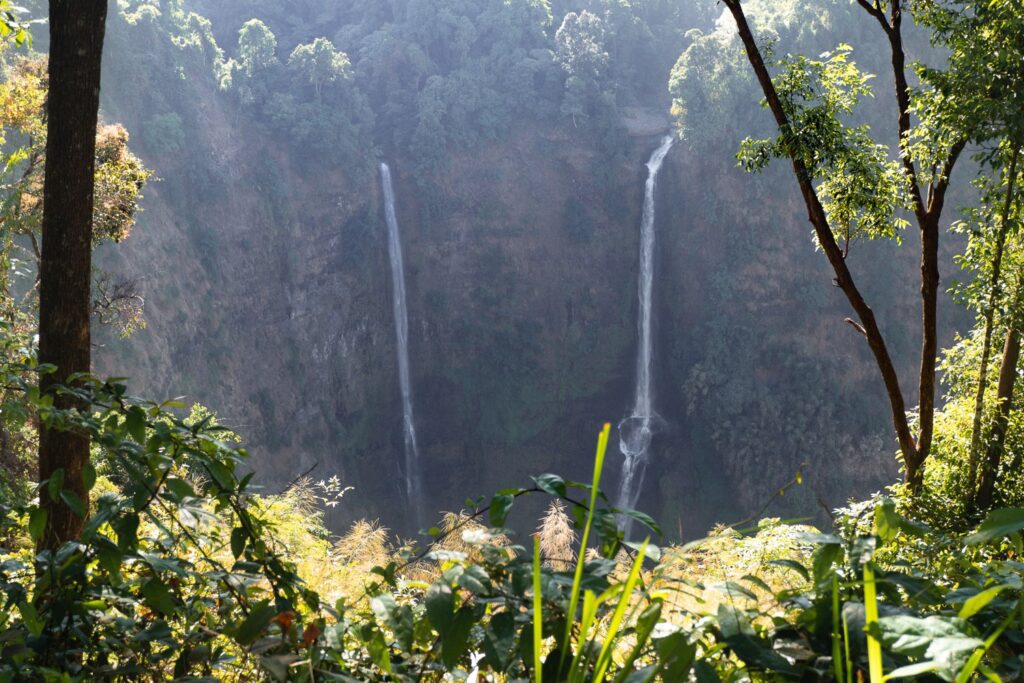
4000 Islands
The 4000 Islands, or Si Phan Don, is a cluster of small islands in the Mekong River almost at the southernmost point of Laos. It’s just across the border from Cambodia.
In our opinion, the 4000 Islands is truly one of the best places to visit in Laos. The rural riverside way of life is so charming; we really felt at peace here, cycling down dusty tracks past herds of cows and sipping BeerLao watching the most spectacular sunsets in the whole of Southeast Asia.
This is the perfect place to kick back and relax. There are countless opportunities to sit by the river or in a hammock, reading a book or sipping a shake. If you want to explore, hire a bicycle and hit the dirt tracks. You’ll find lots of treasures along the way, and trust us: this is a slice of paradise you won’t want to leave. For us, this really is the best of Laos.
How to Get to the 4000 Islands
By bus
To reach the 4000 Islands region, you’ll need to get a bus. You’ll either be travelling from Pakse or somewhere in Cambodia.
We journeyed up from Kratie, our last stop in Cambodia, and crossed the land border before travelling onwards by minivan to Nakasong, the mainland jumping-off point for the islands from where you’ll catch a small boat across the water. Our journey from Kratie cost US$15 each and took the best part of a day. You can also travel from Siem Reap or Phnom Penh, but depending on availability, you might need to change to a different bus in Stung Treng or stay the night.
Word of warning for when you cross the Cambodia-Laos border: keep $4 back for the ‘processing fees’. Nope, this isn’t legit, and you may be tempted to argue with the corrupt officers, but it’s not much to pay to cross into an incredible country like Laos!
From Pakse, just search an online booking agency or talk to staff at your accommodation. From Don Det to Pakse, we paid 60,000 LAK (£4.80/€5.30/$6), so it will likely be a similar fare going the other way.
4000 Islands Highlights
- Hire a bike and explore. This is by far the best way to explore the islands, and it only costs a few dollars. Cycling will wear you out, since the tracks are incredibly bumpy and dusty and the bikes are hardly off-roaders. Take it easy and remember to pack lots of water.
- Visit the Liphi Waterfall park. On Don Khone, you’ll find a rather impressive looking visitors’ park where you can see the beautiful Liphi falls. There used to be a fee to enter, but that has been waived in recent years. Besides the falls, you’ll find a herd of water buffalo, a zip line, a few restaurants and a small riverside beach.
- Go kayaking to see Irrawaddy dolphins. We didn’t do this, since we’d already been kayaking and seen the endangered dolphins in Kratie, Cambodia, but it’s a hugely popular activity here in Si Phan Don too. You can organise trips through your accommodation or the numerous agencies in Don Det village. If it’s anything like our experience, this is an adventure you’ll never forget. Tickets cost upwards of 170,000 LAK (£13.50/€15/$17).
- Float down the Mekong on a tube. For around 10,000 LAK (£0.80/€0.88/$1), you can hire a tube and float peacefully down the river. You can rent a tube from Don Det village for a daytime trip, or head to the sunset side of the island in the evening and rent one from one of the restaurants/bars/hostels that have them. With this option, you can grab a beer, hop in your tube and bob around while the sun sets.
Where to Stay in the 4000 Islands
Don Det is where you’ll find quintessential wooden, riverfront backpacker huts with swinging hammocks and basic facilities. On Don Khone, you’ll find a selection of higher-end accommodation options, most with decent restaurants and pools. This is just as well, since you’ll be too far away from the restaurants in Don Det village to head there at nightfall.
If you want to stay on Don Det within walking distance of the village, but you don’t fancy a basic hut, book a stay at BABA Guesthouse. We paid $40 per night (a tad over our budget) for a luxurious room with a hot shower and air-con, and best of all, we had a balcony with views of the river.
How Long to Stay in the 4000 Islands
If you’re going to visit the 4000 Islands, you’ll need to make sure the journey is worth it, because either way, it’s going to be a faff getting there. This area really is quite remote. For this reason, we’d recommend a stay of at least three to four nights. If, however, the thought of relaxing by the river and not doing much fills you with dread, you’ll be better off not wasting your time and heading straight to the northern part of the country.
4000 Islands Travel Tips
- There isn’t a cash machine on the island, so stock up in Nakasong. If you’re desperate, you can obtain cash from money changers on the island, but they’ll charge you a steep fee.
- There are water refill stations all over Don Det, so be sure to say no to plastic and travel with a refillable bottle.
- Don’t expect a ton of great options in terms of food. There are lots of restaurants, but they’re all pretty similar and offer quite basic fare. Our favourite foodie experience was at The Garden of Nang. This is a little way out of town, so stop by when you’re out and about during the day. It’s a cute little restaurant where the owner cooks all the dishes using produce from her own garden. The restaurant even has its own private beach!
- This area of Laos has Malaria, so be sure to consult your doctor and take appropriate medication.
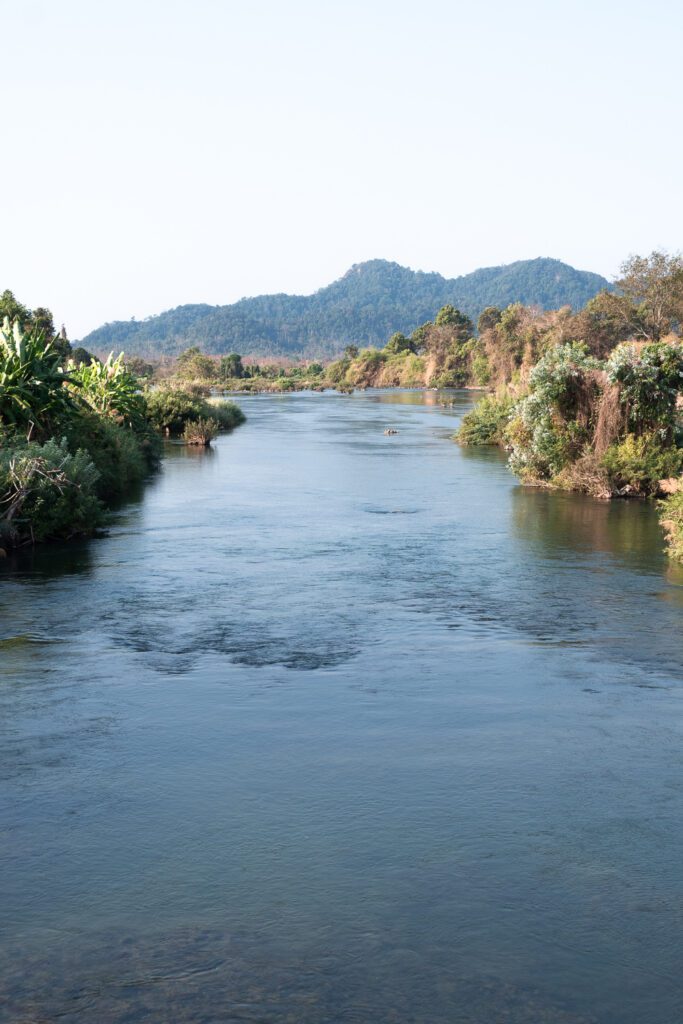
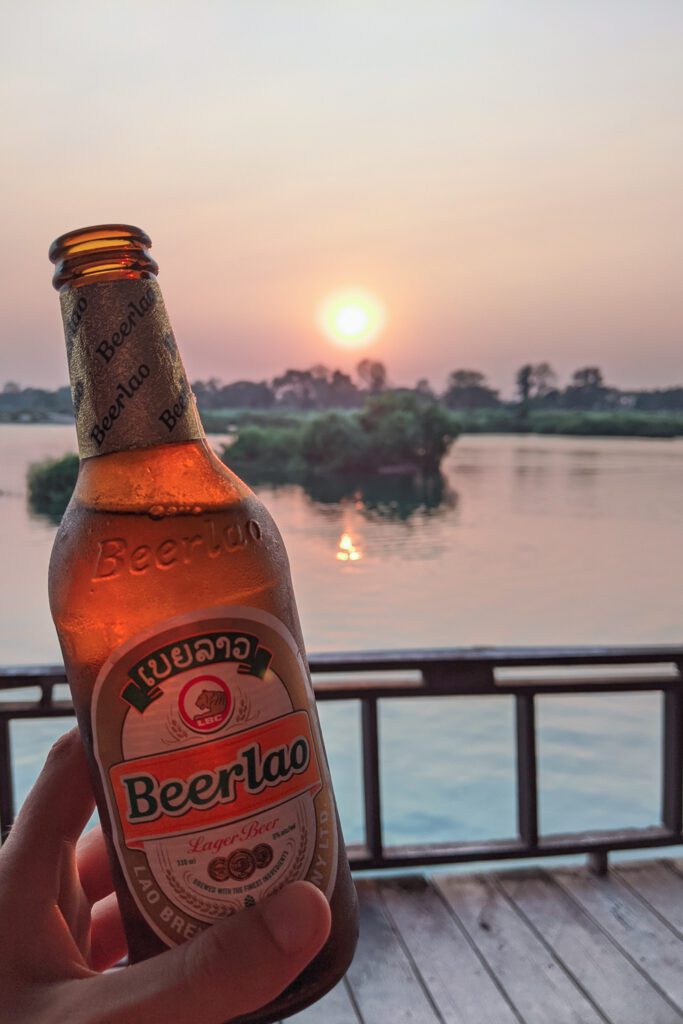
So there you have the best of Laos. We really enjoyed writing this article as it brought back so many wonderful memories for us. We hope we’ve given you all the information you need to experience Laos for yourself, but as ever, if you have any questions, just pop them in the comments section below.
Like our content? Help support our work by buying us a coffee!
Discover Somewhere New
Hover over or click one of the pins to choose a country.
